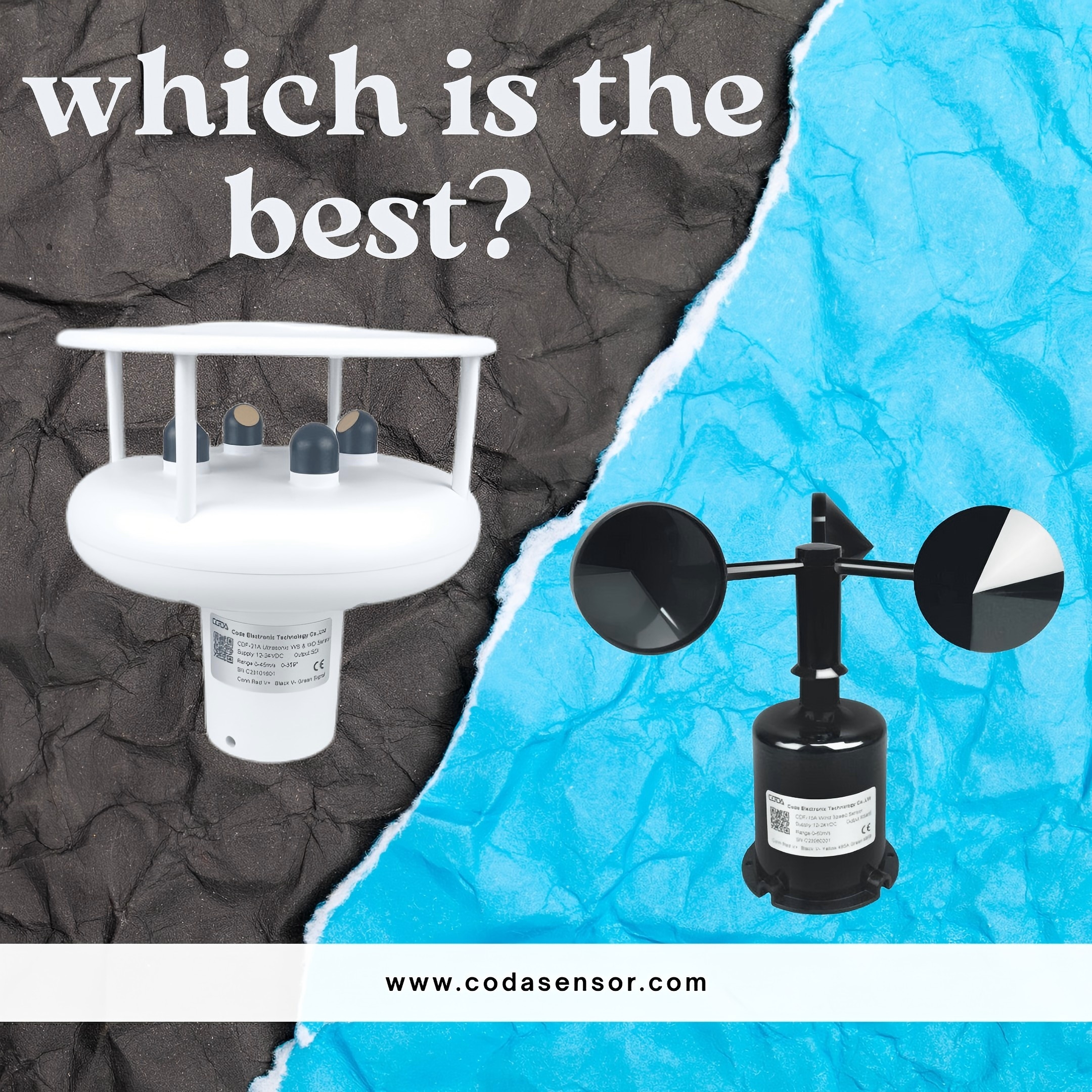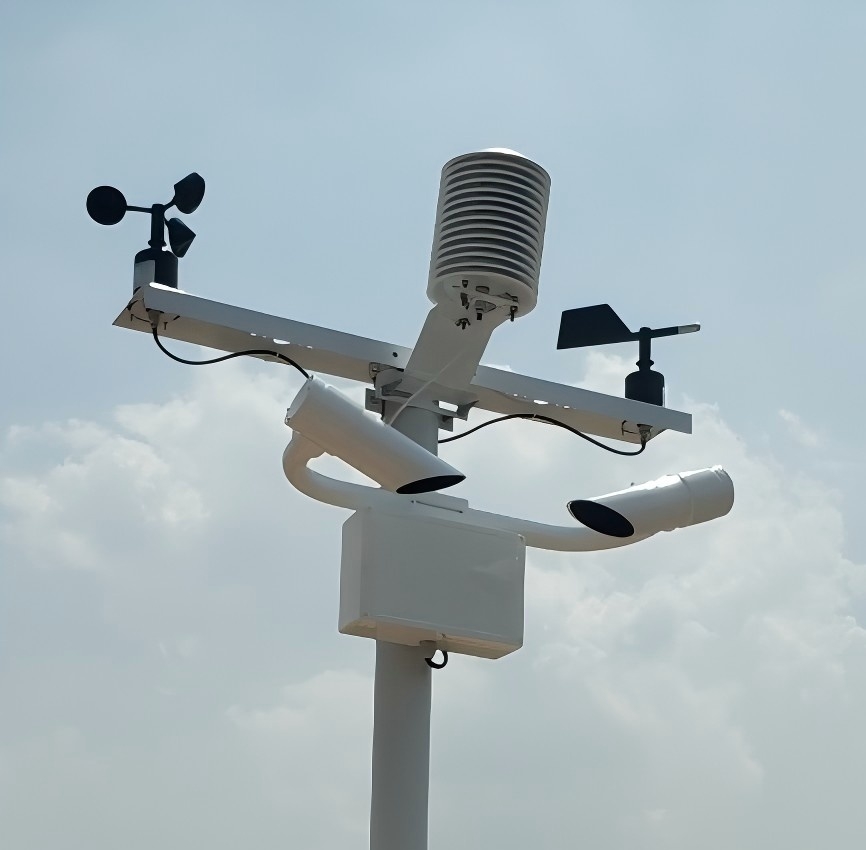When measuring wind speed and direction, two main types of anemometers are popular: ultrasonic anemometers and mechanical anemometers. Each has distinct advantages and disadvantages, making them suitable for different applications. This article provides a detailed comparison to help users choose the right solution based on their needs.

An ultrasonic anemometer uses ultrasonic sound waves to measure wind speed and direction. These devices send sound pulses between several transducers. They analyze the time differences caused by wind movement. This technique provides highly precise measurements without any moving components.
High Accuracy: Ultrasonic sensors provide precise and real-time wind measurements.
No Moving Parts: Unlike mechanical anemometers, they do not suffer from wear and tear, reducing maintenance costs.
Fast Response Time: They provide quick readings, which is important for weather and industrial uses.
All-Weather Performance: Ultrasonic anemometers perform well in extreme weather conditions, including heavy rain, snow, and sandstorms.
Durability: Their robust design makes them ideal for long-term outdoor use.
Higher Cost: These devices tend to be more expensive than mechanical alternatives.
Vulnerability to Environmental Factors: Ice or dirt on transducers can affect their accuracy, even though they are usually reliable.
Power Consumption: Some models require external power sources, making them less ideal for remote applications without stable energy supply.
Mechanical anemometers, such as cup or vane anemometers, use rotating parts to measure wind speed. The most common type is the cup anemometer. It features three or four cups that rotate with the breeze. A vane or propeller anemometer measures wind speed and shows the wind direction.
Cost-Effective: They are usually less expensive than ultrasonic models. This makes them a good choice for those on a budget.
Widely Used and Trusted: Their long history of use in meteorology and industrial applications ensures reliability.
Some mechanical anemometers do not need power to work. This makes them great for remote places.
Wear and Tear: Moving parts are prone to mechanical failure, requiring regular maintenance and calibration.
Slower Response Time: Compared to ultrasonic models, mechanical anemometers react more slowly to sudden wind changes.
Less Accurate in Turbulent Conditions: Wind turbulence and rapid directional shifts can reduce measurement accuracy.
More Maintenance Required: Bearings and other moving components need periodic servicing or replacement.
Both ultrasonic and mechanical anemometers serve different applications based on their unique features.
Meteorology and Climate Research: Due to their high accuracy and real-time data capabilities.
Aviation and Marine Navigation: Used for precise wind measurement in airports and offshore environments.
Industrial Safety and Environmental Monitoring: Employed in hazardous areas where maintenance-free operation is critical.
Smart Agriculture: Integrated into IoT-based weather stations for precise wind data in farming.

Weather Stations: Used in both professional and personal weather monitoring setups.
Construction and Wind Energy: Deployed in cranes, buildings, and wind farms for safety and efficiency.
Sports and Outdoor Activities: Employed in sailing, paragliding, and various wind-reliant sports.
General Meteorological Use: Still popular in traditional meteorological stations worldwide.
Choosing between an ultrasonic anemometer and a mechanical anemometer depends on the specific application and budget constraints. If accuracy, durability, and maintenance-free operation are priorities, an ultrasonic anemometer is the best choice. If affordability and simplicity are more important, a mechanical anemometer is a good choice.
By knowing the pros and cons of each type, users can make smart choices for better wind measurement.
Learn how CODA Sensor solar radiation and PAR se
Discover how real-time weather station data impr
Discover how Automatic Weather Stations (AWS) ar
Contact: Molly
Phone: +86-17775769236
Tel: 86-0731-85117089
Email: molly@codasensor.com
Add: Building S5, Aux Square, Yuelu District, Changsha City, Hunan Province, China
We chat